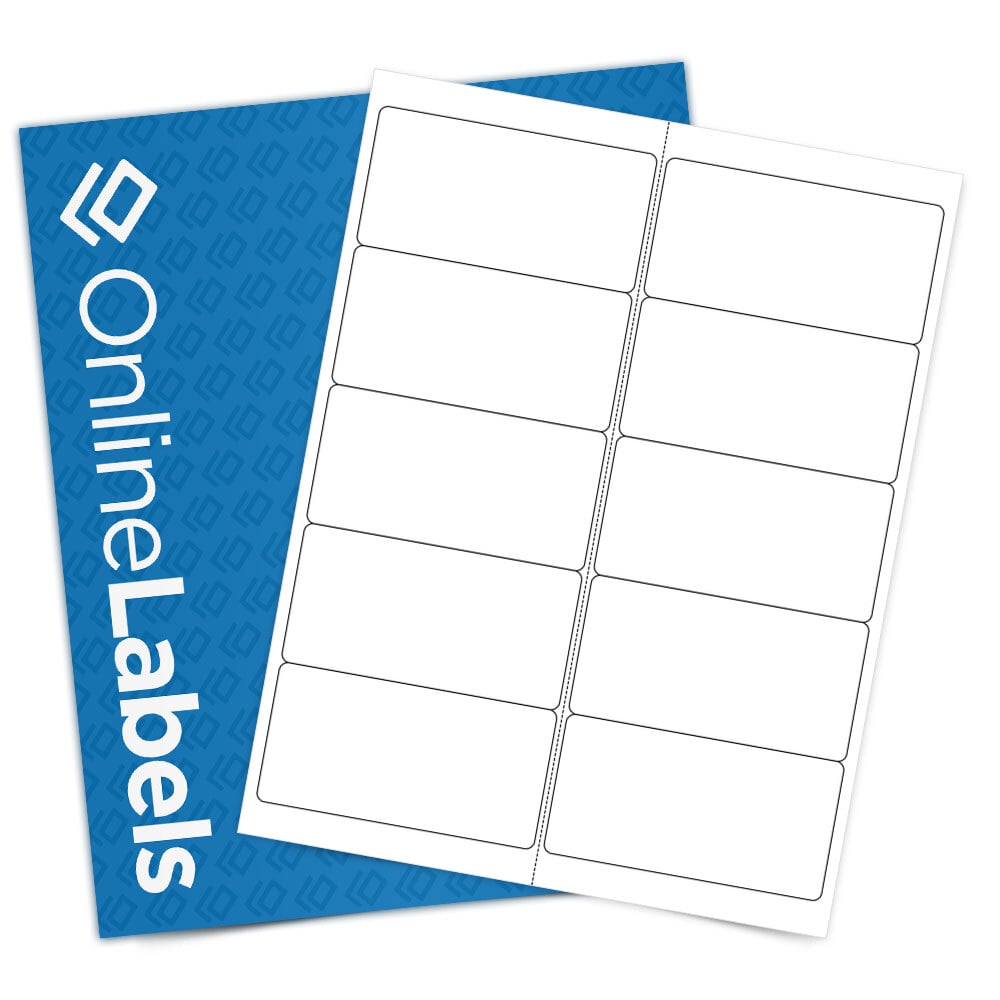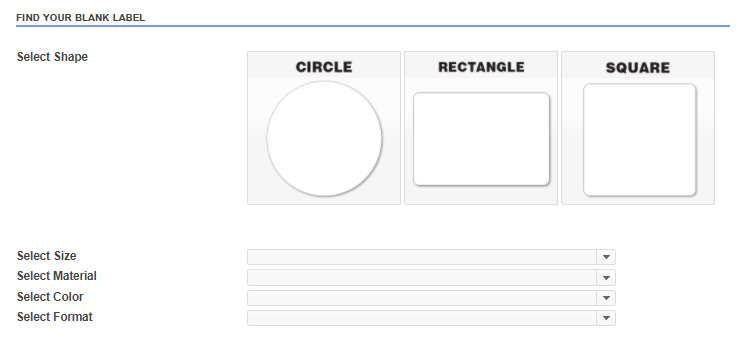Easy-peel Blank Labels for various surfaces.
Recognizing How Blank Labels Work to Boost Your Labeling Experience
Comprehending the auto mechanics of blank labels is vital for optimizing your labeling practices throughout numerous contexts. These versatile devices offer considerable benefits, such as customization and flexibility, making them a fitting option for both specialist settings and individual usage. From inventory management to home company, the effects of their calculated application can cause boosted efficiency. To fully understand exactly how these labels can transform your processes, one should consider the different kinds offered and the myriad ways they can be customized to match certain demands.

Benefits of Making Use Of Blank Labels
Blank labels provide a flexible option for different classifying demands, making them indispensable in both personal and expert settings. Their adaptability allows customers to develop personalized labels tailored to specific demands, enhancing organizational efficiency. Whether utilized in home offices, retail settings, or industrial applications, blank labels facilitate the identification and categorization of products, files, and personal things.
One significant benefit of blank labels is their cost-effectiveness. By enabling customers to publish only the labels they require, waste is reduced, and inventory management comes to be a lot more convenient. Furthermore, blank labels work with numerous printing approaches, consisting of inkjet and printer, making them available for different users.

Moreover, using blank labels streamlines the procedure of updating information, as individuals can easily print new labels to change out-of-date ones, making certain that all products and documents are accurately classified. Generally, blank labels provide a practical and efficient labeling service for diverse applications.
Kinds of Blank Labels Available
What options are offered when it comes to blank labels? Blank labels come in a variety of types, each suited for various applications and preferences.
One more popular option is artificial labels, typically made from products like polyester or vinyl. These labels are understood for their toughness and resistance to water, chemicals, and tearing, making them suitable for rough environments. They are frequently used in industrial setups or for labeling products that might be exposed to dampness.
Additionally, there are thermal transfer labels, which call for a printer that utilizes warmth to transfer ink onto the label surface. These labels are favored for their high-quality print and durability.
Finally, specialized labels satisfy particular requirements, such as detachable labels for momentary use or high-temperature labels for severe problems. Recognizing these options enables customers to pick the most suitable blank label for their special labeling requirements.
Customization Options for Labels
A broad range of personalization choices is offered for labels, permitting users to tailor them to specific requirements and branding demands. Customers can choose from different dimensions, forms, and materials to make certain that the labels successfully fit their desired objective. Typical materials include paper, polyester, and vinyl, each using different degrees of durability and visual charm.
Shade options play a critical duty in modification, making it possible for brands to preserve uniformity with their business identification. Users can pick from a range of colors and even choose custom printing to blog here match certain branding elements. Furthermore, labels can be published with one-of-a-kind designs, logo designs, and message, boosting brand acknowledgment and aesthetic effect.
Another important element is the choice of adhesive. Labels can be made with permanent, great site detachable, or repositionable adhesives, depending on the application requirements. This flexibility permits for efficient labeling services throughout various environments, from retail to industrial setups.

Tips for Effective Labeling
Efficient labeling goes beyond customization; it likewise includes tactical considerations that boost performance and communication. To achieve reliable labeling, start by plainly defining the purpose of each tag. Consider the info that requires to be shared and guarantee it is presented in a simple manner. Using concise language and avoiding lingo can dramatically improve understanding.
Following, prioritize presence by selecting ideal colors and fonts. High comparison in between message and background boosts additional resources readability, while larger font styles promote fast recognition. In addition, guarantee that labels are placed in a consistent and rational manner, making it less complicated for customers to find and analyze info.
Think about the longevity of labels. Select products fit for the specific atmosphere where the labels will certainly be made use of, whether it be inside or outdoors. Water resistant or tear-resistant choices might be essential relying on the context.
Lastly, routinely evaluation and upgrade your labels to show any kind of changes in details or use. This proactive technique not just preserves clearness however additionally avoids confusion gradually. By following these suggestions, you can make the most of the efficiency of your labeling initiatives, ensuring they serve their intended purpose efficiently.
Applications of Blank Labels
Blank labels provide many applications across different sectors, making them a vital tool for company and communication. These versatile labels are typically made use of in storage facilities for supply administration, permitting organizations to easily recognize and track products. By applying blank labels to storage containers, racks, or pallets, companies can enhance their operations and lower the likelihood of mistakes.
In the health care sector, blank labels play a crucial function in identifying medications and clinical supplies, making sure proper identification and usage. Customizable labels can consist of essential information such as dose, expiry dates, and individual information, enhancing security and compliance.
In retail, blank labels aid in rates products, supplying promotions, or labeling rack locations, which inevitably enhances the customer experience. They permit fast updates to pricing or item info without the demand for pre-printed labels.
Furthermore, blank labels are valuable for personal use, such as arranging office, crafting, or identifying food containers. Their flexibility allows individuals to create tailored options that satisfy specific requirements. In general, the applications of blank labels are substantial, emphasizing their relevance in cultivating performance and clearness in various setups.
Conclusion
In final thought, blank labels offer a versatile and effective option for numerous classifying needs. Ultimately, the combination of blank labels into operational processes contributes to enhanced effectiveness, making them an important source for both individual and professional use.